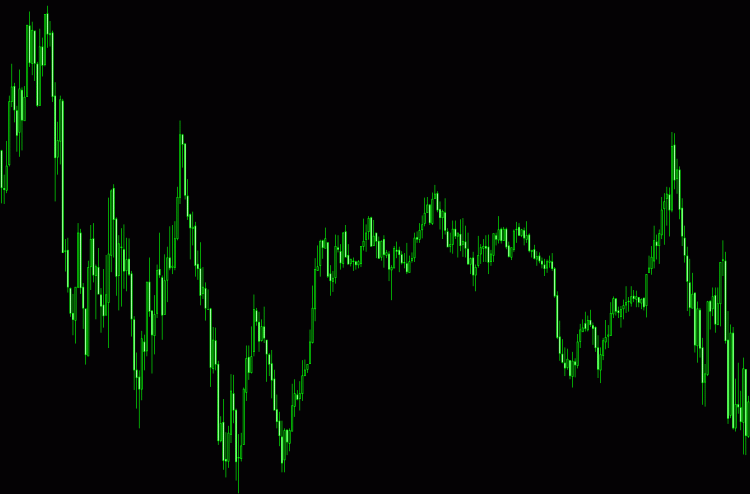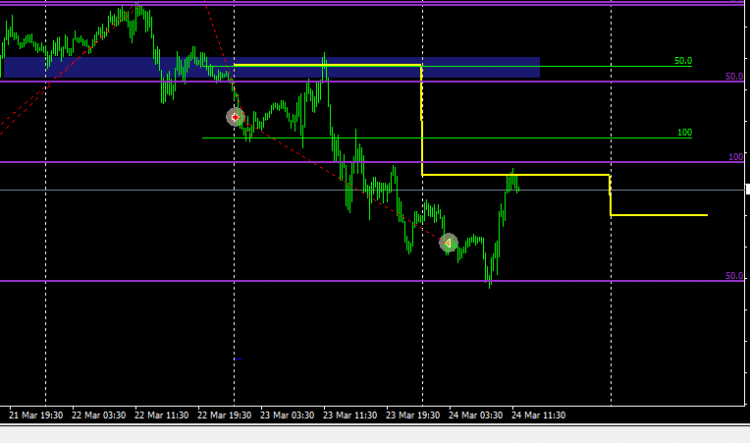I'll be honest - I didn't get it from the picture - what size short foot - I'll tell you straight away the subject is very interesting
We'll put the heavier one on Williams.
and the size of the stop is still a statistic - and getting the statistics right is a sore point for me -
The first one is getting the right signals.
And then correct signals will be subtracted from "wrong" inputs, and then we will get to the normal distribution
so the main thing is the right signals
I can't tell the difference either - unless you show the average bar size (remove the numbers on the right, as you do, and also the numbers at the bottom). And how do they differ qualitatively, in your opinion?
Secondly, Bill Williams' fractals are not at all what a fractal is in mathematics.
Honestly - I didn't understand from the picture - what is the size of the short stop - I will say at once the subject is very interesting
Of course it is :) This is the difference between proper, profitable trading, and going to forex like a park - with family, kids, and at your own expense.
We'll put the heavier stuff on Williams
and stop size is still a statistic - but getting the statistics right is a sore point for me -
I completely disagree. Statistics is a corpse. By trying to use it, you just cook yourself (or yourself) into a fresh corpse.
"And you will be counted" - statistics count everything.
Resistance and support levels on the M1 can be a good guide for setting stops for some TS.
If we are talking about short stops.
I can't tell the difference either - unless you show the average bar size (remove the numbers on the right, as you do, and also the numbers at the bottom). And how are they qualitatively different, in your opinion?
Secondly, Bill Williams' fractals are not what fractals are in mathematics.
I do not. The market is quantized - there is a spread, a slippage. Even with five signs. I don't care if it's six.
I do not doubt for a second that even if we remove all signs, you can easily distinguish the hour from the minute.
There are no fractals in the market - and whoever can't tell the difference between an hour and a minute chart is useless to talk to.
Really? It would be interesting to hear your expert opinion about these two charts: what timeframe are they from and what signs can be used to determine that?
- Free trading apps
- Over 8,000 signals for copying
- Economic news for exploring financial markets
You agree to website policy and terms of use


Paukas argues that the noise is in the head and the stop should be small.
Who would argue. The question is how small.
I wish it were less, but, unlike the arrogant lies of certain Williams, there are no fractals in the market - and who cannot tell one-hour from one-minute chart, it is useless to talk to him.
Forex charts are quite quantized and it would be suicidal to put a stop the size of the spread.
Look. According to the rules, with a short stop I would have a minus here. Four times.